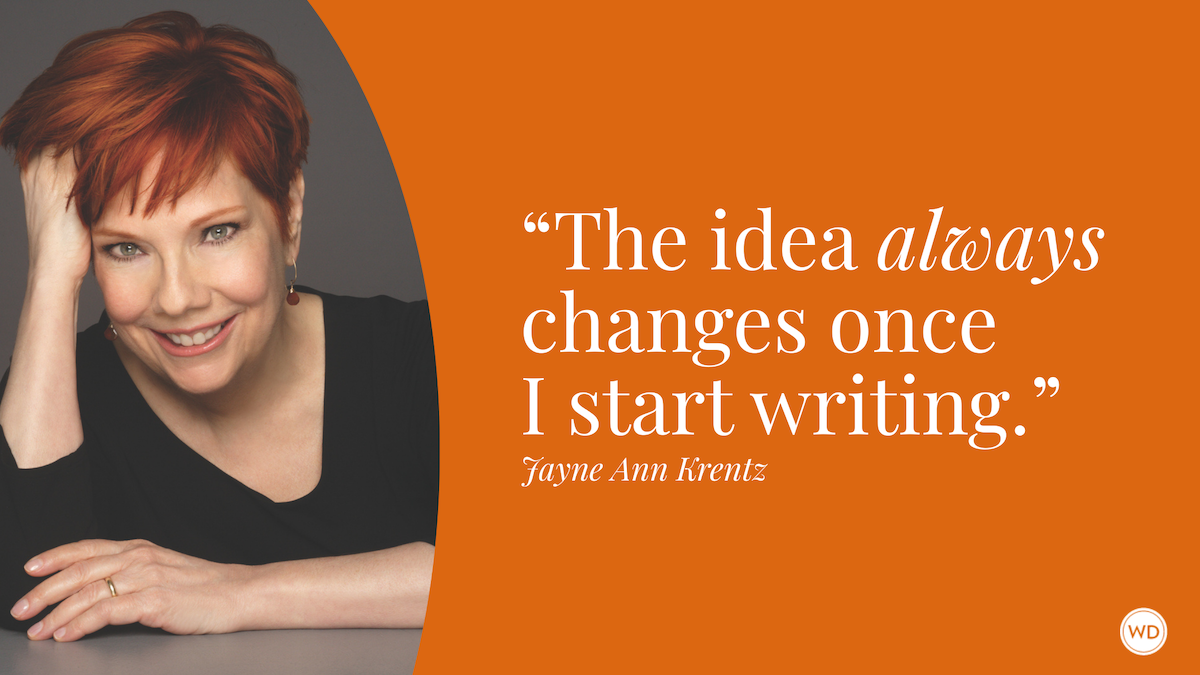6 Secrets for Writing a Middle-Grade Action-Adventure Novel
Authors Larry Schwarz and Iva-Marie Palmer disclose their six secrets for writing a middle-grade action-adventure novel that readers will love.
In our book The Jules Verne Prophecy, three kids find an unusual book that leads them on a madcap hunt through the streets and sights of Paris to find a treasure the author Jules Verne supposedly hid in the city. Did we write this from experience?
Well, given that we are two decidedly not-middle-grade-age people who spend a lot of time at their laptops, the answer is a simple no. But, that makes writing an action-adventure story for middle-graders all the more fun.
In a middle-grade adventure tale, the characters aren’t like Mission Impossible’s Ethan Hunt or even the extended family of heroes in the Fast & Furious franchise—they haven’t done this kind of thing a million times before. So even though we’re older than our main characters Owen, Rose, and Nas, we bring a fresh perspective to action; we can have a ton of fun daydreaming scenes that are vastly different from our norm. (The added bonus is we avoid the risky peril of climbing one of Paris’s tallest statues or journeying to the depths of the Catacombs; we’re much better at Paris activities like eating crusty bread.)
But, before any writer dives into a middle-grade action novel, it’s a good idea to think about certain essentials. These are our six best tips to consider before you dive into your story.
Get your big idea.
While characters will always drive your story, for this adventure, we felt it was essential to know what the quest was before we began writing. In The Jules Verne Prophecy, we decided that Jules Verne—who is interesting not only for his writing but also for all the innovations his fiction predicted—had hidden a treasure in Paris, and that kids were going to find it.
Maybe you already have your big idea or there’s a hint of one nagging at the corners of your brain. Before you get into the details, come up with a one-sentence description of what your story is.
Character counts!
No matter how excellent your story idea is (see tip one), few readers will care if they can’t connect with the characters. This isn’t to say that every one of your characters has to make perfect decisions—in fact, it’s probably more human and relatable if they don’t. But develop characters with a mind toward what about your characters can add dimension to your plotline.
Owen Godfrey, for example, is a 13-year-old who did not want to get dragged to Paris for the summer and then he finds himself at the center of a really wild adventure because of the Jules Verne book he and his friends found. You want kids to understand how this character would go from really wishing he could just play video games and skateboard all summer to deciding he’s going to take up an epic, but possibly dangerous, mission. He was fun for us to write because there were moments in the manuscript where the challenge of the plot point wasn’t only solving the mystery but also giving Owen reasons to want to pursue the mystery’s solution.
Your characters should give you room to work through their motivations on the page, instead of being pawns that you move around the story without considering their emotions and drives. And, to reiterate here, Owen is not perfect. Neither are Rose or Nas.
Owen makes decisions that aren’t always smart or rational—he wouldn’t even be in the Jules Verne seminar that kicks off the adventure if not for tearing up a class paper out of anger at his mom—but your characters’ imperfections and less-than-stellar decision making not only make them more real and relatable, they help drive plot points.
Know your locale.
In our book, Paris plays a huge role, and the city has so many interesting places and landmarks to include. Whether you’re writing about a real place, a made-up city, or a real place where you’ve taken some liberties with what’s there, considering where you want your characters to go and how you can use all of your setting’s offerings to create big set pieces is essential.
The sky is the limit (as you’ll note when you reach a certain hot-air balloon scene in our book); in books, no one will tell you an over-the-top action scene at the top of the Eiffel Tower, or hopping boats across the Seine are over budget, so use everything on the map (real or fictional) to make your story thrilling.
Order a copy of The Jules Verne Prophecy by Larry Schwarz and Iva-Marie Palmer today.
Don’t make it too easy.
Because our book is set in Paris and involves an old book that serves as its own kind of treasure map, there’s adventure built in, but an antagonist or two or three never hurts. Pitting your heroes against someone who’s after what they’re after—or who at least seems to be—makes it easier to write scenes that feel urgent and exciting.
Our book has been compared to The Goonies, and in that movie, the kids had to outfox the Fratellis, initially believed Sloth was a bad guy, and had to race against the clock to secure enough money to save their houses from real estate developers before the clock runs out. Throw problems and dilemmas—villains, foils, preadolescent panics—at your characters that go beyond the quest at hand.
Think cinematically.
An action-adventure book needs action and adventure. If your characters are standing in place talking a lot to move the story along, think about the film version—no one goes to an Indiana Jones movie to watch him lecture his college classes.
Thinking about the scenes in a filmic way isn’t so that your book will be turned into a movie, even if that’s your hoped-for outcome someday, but it’s essential for creating the kind of propulsive and thrilling moments that middle-grade readers are seeking when they pick up your book. This ties into the above tip about setting.
Got jokes? (Or other moments of connection?)
Humans are interesting. Even when imperiled—or maybe especially when they are—they’re prone to cracking wise. (It can't be just us.) Make sure you work in a pass for your drafts during which you’re lightening the mood—through a dialogue exchange or a narrative observation.
The Jules Verne Prophecy, for example, centers on three more or less everyday kids—the way they approach the book’s more death-defying or fantastical moments isn’t the same way a professional explorer or spy or special agent would approach them. We made sure that Owen, Nas, and Rose each had time to react to the outlandish—and sometimes panic-inducing—situations they were in.
Spend time in your revisions ensuring your characters feel truthful and authentic in even the most jaw-dropping scenes so that your readers can connect with them. Because no matter how awesome your story and setting are, connection with characters is what hooks readers—and makes them eager for your sequel!
Larry Schwarz is a creator and producer of live action and animated series. He’s best known for Nickelodeon’s anime comedy Kappa Mikey and Speed Racer: The Next Generation and the live action series Thumb Wrestling Federation for Cartoon Network; Team Toon; and Alien Dawn for Nickelodeon. He has also co-authored Romeo, Juliet & Jim with Iva-Marie Palmer.









